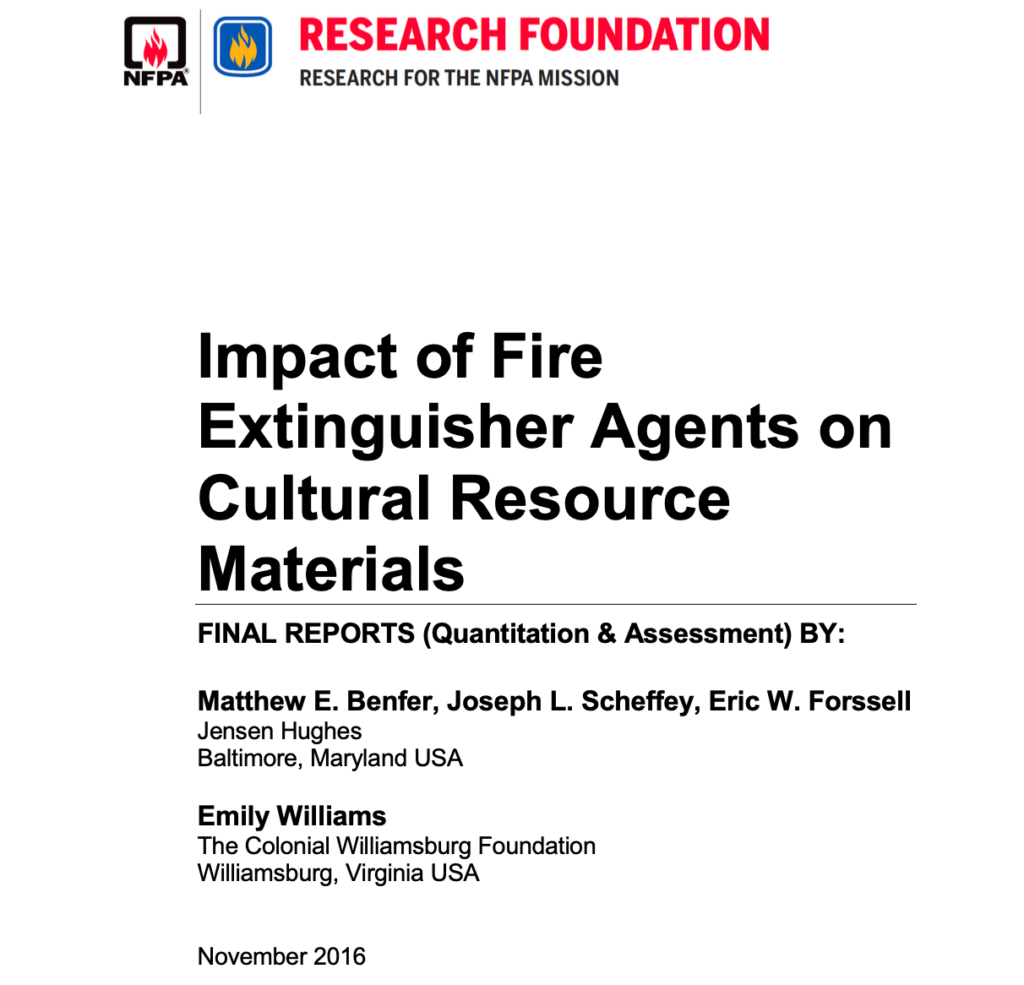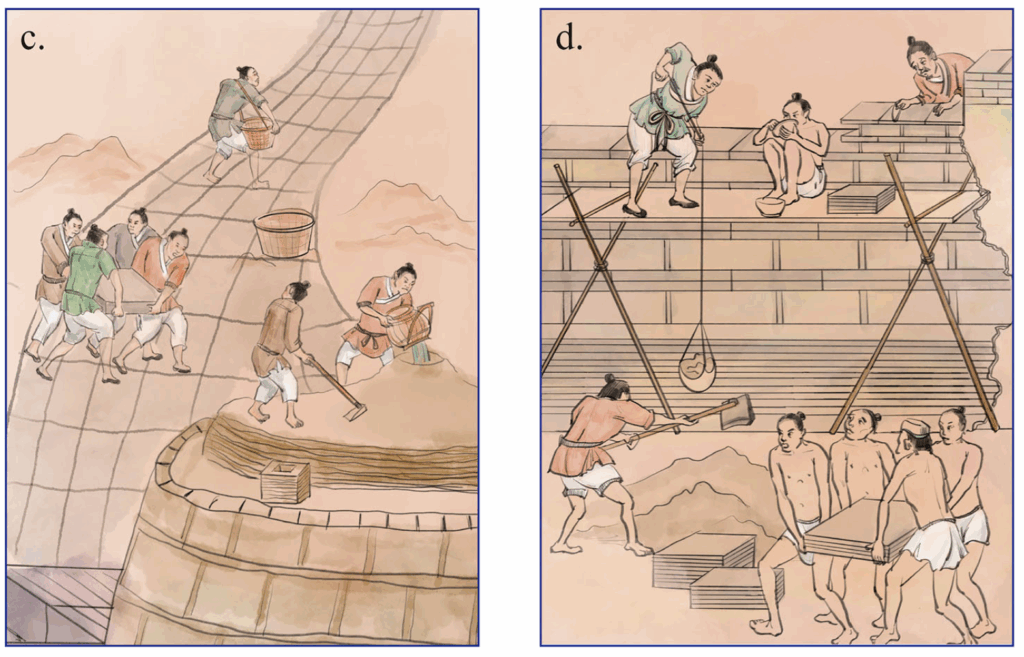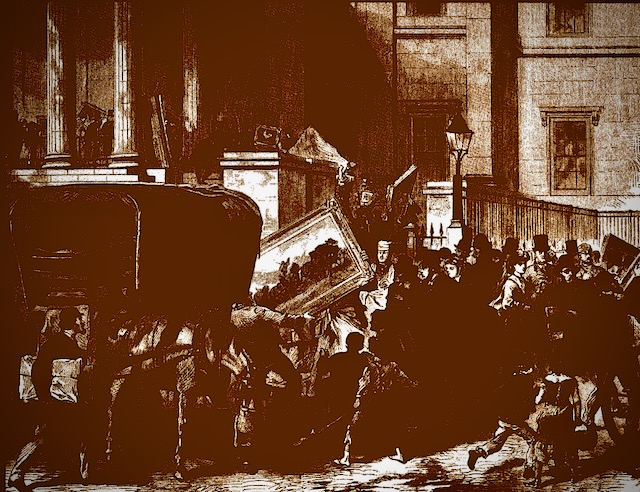Fire Extinguishers Agents: Which Impact on Cultural Heritage Materials?
it is important to remember that in an incipient fire situation, not using an extinguisher is likely to have more damaging repercussions than using an available extinguisher, even if it is not the ideal type
Portable fire extinguishers play an important role in the protection of both cultural heritage properties and the collections housed in them. Fires that can be contained in their very earliest stages will not grow to damage additional parts of the structure or other materials. A variety of different fire extinguishing agents are utilized in portable extinguishers in museums, galleries, cultural centers, historic houses and libraries. The agents themselves have been well researched and their ability to suppress a fire is well-quantified. What is less well understood is what effect these agents might have on the cultural heritage materials that are exposed to them. The potential collateral damage from agent overspray, potential misuse of extinguishers in spraying collection materials, and the byproducts of the agent when used to extinguish a fire is of interest. Particularly, short- or long-term exposure to extinguishing agents needs to be quantified.

In 2009, recognizing the need for further investigation, the National Fire Protection Association (NFPA) Technical Committee on Cultural Resources submitted a project proposal to the Fire Protection Research Foundation (FPRF). The proposal was to develop test specifications and procedures for measuring the impact of portable fire extinguisher agents on cultural resource collections. The report “Impact of Fire Extinguisher Agents on Cultural Resource Materials” was prepared which included a literature review and an outline for a test protocol.
The document reports the results of a subsequent study conducted by Jensen Hughes and the Colonial Williamsburg Foundation as part of an Institute of Museums and Library Services National Leadership Grant (IMLS-NLG) to explore the impact of portable fire extinguisher agents on cultural heritage materials. The primary goals of the project were to:
- Establish a reproducible test protocol that could be used for future testing and that would permit the reporting and assessment of comparable test results by disparate testing entities.
- Gather information about the responses of a range of selected materials when exposed to the most commonly used portable fire extinguisher agents over both the short and long-terms.
- An ancillary goal was to examine the efficacy of commonly utilized techniques employed to clean heritage materials after exposure to portable fire extinguisher agents.
The choice of materials to be tested was based on commonality within the museum community and availability of repeatable samples. The thirteen materials that were exposed in this test program are:
- iron sheet
- copper sheet
- aluminum sheet
- vegetable tanned leather
- unvarnished and varnished wood
- oil and acrylic paints on canvas
- non-porous tile
- porous tile
- porous and non-porous stone
- fur
Portable extinguishers included in the evaluation were those applicable for use in a museum/cultural heritage type application and were identified as those having a minimum Underwriters Laboratories 2A rating for A:B:C or A:C fires. These ratings relate to the ability of an extinguisher to suppress a fire of a certain size and material. Each test was conducted with each type of extinguisher. The effect of a fire alone on the representative materials was not evaluated.
Three types of tests were performed:
- Non-Fire (Neat Agent) Tests – This was an exposure of representative materials directly and indirectly exposed to the extinguisher spray. The intent was to assess the impact of an agent which is discharged accidentally or maliciously in the absence of a fire.
- Fire Tests – This was an exposure of representative materials within and outside of the extinguisher spray pattern while using the extinguisher to fight a fire. The intent was to assess the impact of agent byproducts resulting from the extinguishment process. The fire was sized to be easily extinguished and to limit the direct smoke/thermal impact from the fire itself.
- Physical Impact Tests – Wood blocks were exposed to the extinguisher discharge at various distances to compare the physical momentum of the spray pattern from each extinguisher. This provides a gross measure of the impact damage an extinguisher might have when its stream is directed at materials.
A detailed condition assessment was carried out on each sample within one week of testing. The samples were reassessed after 6 months, 12 months and 18 months of exposure. The samples were photographed at each of these times and a visual assessment was conducted under both ambient and raking light.
The assessment noted individual condition issues, such as cockling, surface accretions, staining, corrosion, and visible color change. Four typical cleaning methods were also visually evaluated: swabbing with deionized water; cleaning with a soot eraser; brushing only; vacuuming combined with brushing.
Detailed results of all tests and assessments provide guidance on the impact of extinguishing agents on the materials tested. Two separate reports present the experimental protocols, the results of the initial assessment of extinguisher impact and the longer term condition assessment. These reports are combined for convenience in this document.
The interaction between portable fire extinguishing agents and both textiles and archival materials (paper and board products) was not evaluated in the study, due to the variability of these materials. According the document, additional research needs to focus on cleaning methods. It is unlikely that a single technique will ever be successful for 100% of materials and exposure circumstances. Finally, the swelling of adhesives as well as the bleeding of inks noted in the tests, suggest that work needs to be done to better understand the effect of extinguishing agents on both inks and adhesives.
For most extinguishing agents the degree to which the agent spread, as evidenced by the impact seen on the indirect arrays, was limited. Additionally, it is important to remember that in an incipient fire situation, not using an extinguisher is likely to have more damaging repercussions than using an available extinguisher, even if it is not the ideal type.







